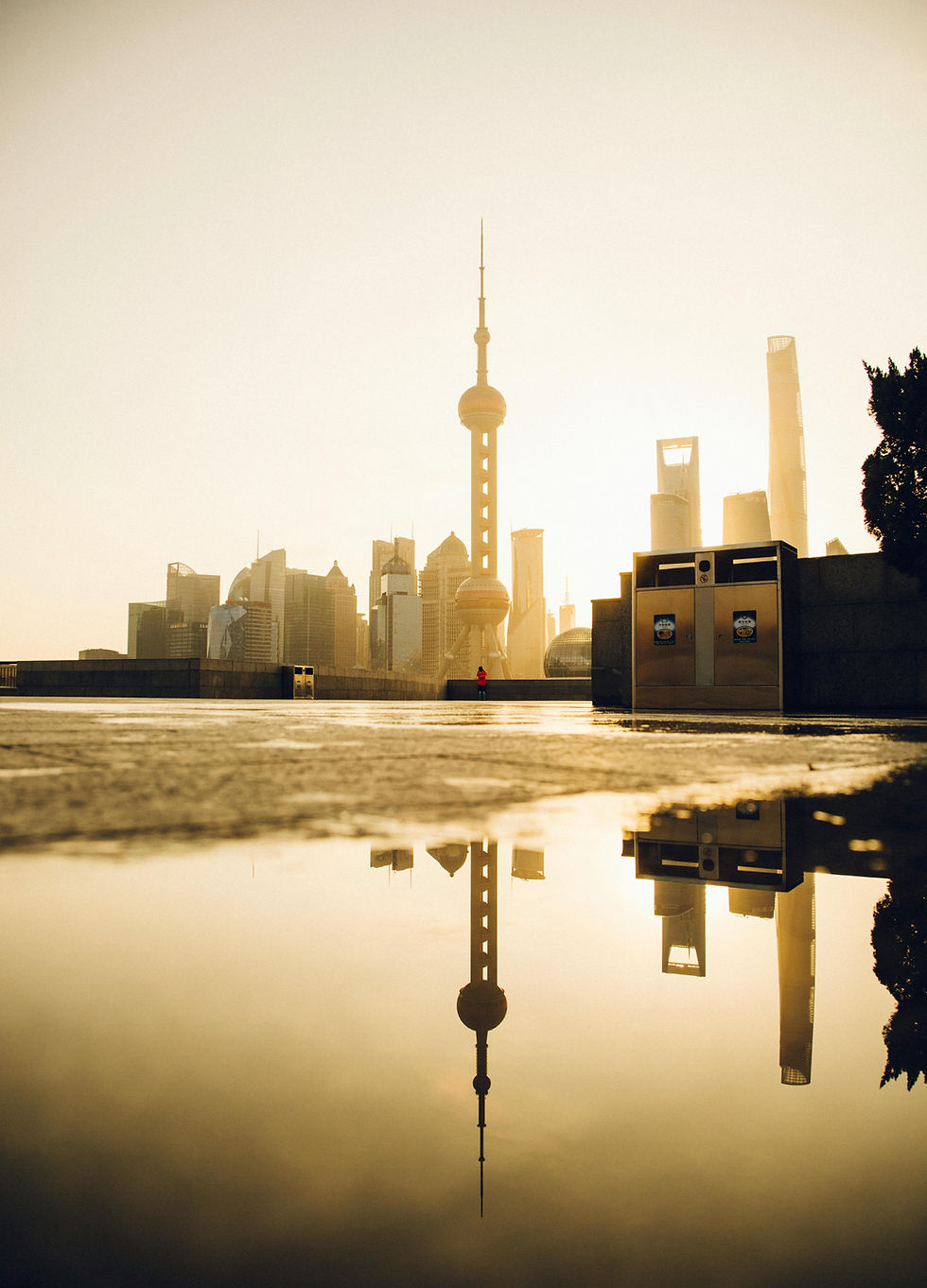Fire of Love
- Citizens' Platform

- Nov 7, 2023
- 3 min read

The lessons that the incredible life of the Krafft teach us all
A volcanic love story, amidst eruptions and lava has generated kms of 16-mm environmentally meaningful footage patiently edited and turned into a beautiful film by an acclaimed documentarist.
by Alberto Sclaverano for Citiplat
Sara Dosa is an American director and producer who deals mainly with documentaries. For example, she has been the producer of Al Gore’s An Inconvenient Sequel: Truth to Power, the sequel to the 2006
critical and commercial hit. Her best work is the 2022 biographical documentary Fire of Love, which received universal critical acclaim and was screened in various festivals including the Sundance Film
Festival before being released by National Geographic Documentary Films in theaters and Disney+ on VOD.
It tells the incredible story of Katia and Maurice Krafft, a couple of volcanologists who met each other young and worked together their whole life. Even if the official scientific community did not particularly
like them, their work is impressive, especially regarding the visual documentation of volcanic activity.
They were interested in directly documenting eruptions and volcanic events and followed their passion until the last moment of their life. The immense amount of 16-millimeter footage that they recorded has
been mainly unused until Sara Dosa succeeded in creating a film from it, after a long and exceptional editing work.
So, what is exactly Fire of Love, and why is important from an environmental point of view? Three levels of filming (and meanings) seem to coexist inside this beautiful movie. At his core, it is essentially a love story told through archive footage, enriched by a few additions
consisting of brief fictionalized moments that help us to know the origin of the Krafft’s love story, and a voice-over by author and director Miranda July that serves as a commentary to the groundbreaking images we see on screen. It is a deeply moving love story, more emotional than the majority of traditional sentimental films, and Dosa seems to suggest that what we are observing is a connection between two people that go beyond their feelings and bind them to the same extreme natural phenomena that they love so much. Their love is not limited to the common interest in volcanos, but the deep fascination that they have for eruptions and lava seems to be the key to their relationship. They are different from the rest of humanity and closer to each other than they could ever be to anyone else.
It is also a tragic love story, due to the fact that they died together during the 1991 eruption of Mount Unzen in Japan, while they were observing the eruption as they did several times before in other places. But Fire of Love is also an impressive exercise in filmmaking, and the final result permits us to appreciate the beautiful work of the Krafft. In a certain kind of way, they were directors too, but their work was never been given justice until finally Sara Dosa edited it and put it together. Fire of Love is like a documentary from another era and for people who are interested in visuals, it offers the unique opportunity to see natural phenomena shot in 16-millimeter. The cinematography is simply outstanding and the images are unforgettable. Sometimes it seems to be from “another world”. There are scenes featuring the Krafft exploring volcanic areas that could belong to a sci-fi epic film like Stanley Kubrick’s 2001: A Space Odyssey or Christopher Nolan’s Interstellar, and the effective score contributes to give an almost “mythical” dimensions to the images we see.
However, I believe that there is a third level of analysis that can be applied to it. It is a movie with a deep ecological message, made clear by the same events that the movie depicts. In a similar way to Luc Jacquet’s Ice and the Sky, which told the story of glaciologist Claude Lorius, Fire of Love is the portrait of two people whose connection and love for nature and the Earth was so deep that they ended up dying
in order to observe it.
The Krafft’s passion for volcanos is a testament to their attachment to our planet, and their desire to know everything about them is presented by Dosa as a true act of love that mirrors the love that they
have for each other.
The movie becomes a celebration of the positivity of both scientific knowledge and respect for the environment and thus provides a moral that goes in the opposite direction from today’s cynical and
exploitative approach to Earth’s resources. The movie’s message is not explicit, but if we look beyond the surface, we see a strong call to protect and preserve the environment. The Krafft’s story and legacy
are more actual than ever.









Comments